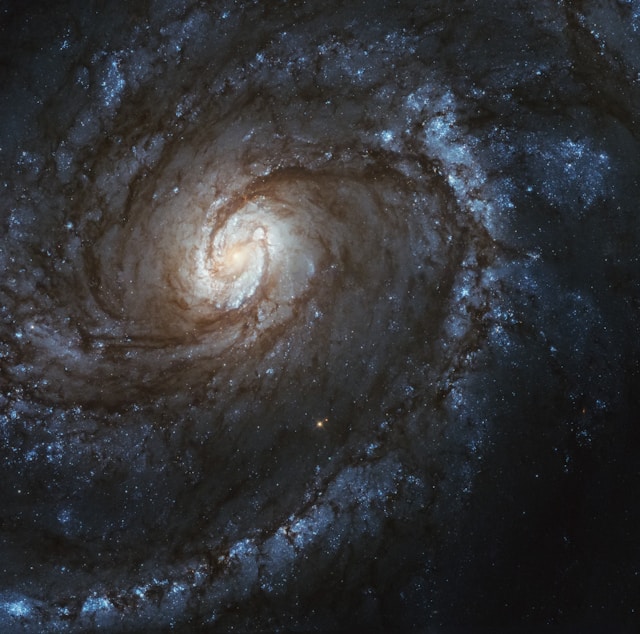New research suggests the universe slowly rotates — and that motion could fix the hubble tension mystery.
A groundbreaking theory proposes that the universe rotates — very slowly — and this near-imperceptible spin might just solve one of cosmology’s most persistent mysteries.
According to a new study published in the Monthly Notices of the Royal Astronomical Society, the universe could complete a full revolution once every 500 billion years. Though the concept may sound extreme, researchers believe this subtle rotation could resolve the long-standing “Hubble tension” — the baffling disagreement over how fast the universe is expanding.
The problem dates back to Edwin Hubble’s 1929 discovery that the universe is expanding. Scientists have since tried to calculate the precise rate of this expansion — known as the Hubble constant — using various methods. But the results stubbornly refuse to agree.
Embed from Getty ImagesOne approach involves measuring the speed at which distant supernovas move away from us. Another relies on studying the cosmic microwave background — the faint radiation echo left over from the Big Bang. These methods yield expansion rates that differ by about 10%, a discrepancy that has left cosmologists scratching their heads for over a decade.
Enter István Szapudi and his colleagues from the University of Hawaiʻi. Their latest model suggests that a slow spin of the entire universe could subtly influence the expansion measurements, explaining the inconsistency without requiring any radical new physics.
“The standard concordance cosmological model has some wrinkles,” Szapudi told Live Science. “A slow rotation of the universe could solve the Hubble puzzle.”
The idea of a rotating universe isn’t new. In 1949, famed mathematician Kurt Gödel proposed such a possibility in a paper that still influences theoretical physics today. Even Stephen Hawking considered the implications of cosmic rotation. But the new research is the first to link this concept directly to the Hubble tension.
The model is based on Newtonian physics with some contributions from Einstein’s General Relativity. It assumes a universe that is smooth and uniform in density — a simplification that allows for mathematical clarity, though the researchers acknowledge it leaves out some complexities.
Despite this, their results were striking. “Much to our surprise, we found that our model with rotation resolves the paradox without contradicting current astronomical measurements,” Szapudi said.
While the hypothetical spin is far too slow to be detected directly, its influence could ripple through the cosmos in measurable ways. Even a glacial rotation — one turn every 500 billion years — would affect the way we interpret the motion of galaxies and the structure of space-time itself.
Crucially, the theory doesn’t require physicists to abandon established science or invoke exotic new particles. Instead, it tweaks our assumptions about the shape and motion of the universe.
Still, the work remains preliminary. The researchers admit their model only includes part of the physics known to govern the cosmos. A more robust treatment using full General Relativity is needed, along with models that account for variations in density over time.
The next step will involve comparing this rotating-universe theory with other cosmological models to see how well it holds up. If it continues to make sense — and aligns with increasingly precise astronomical data — it could revolutionise our understanding of how the universe works.
It’s a radical thought: that everything in existence, from black holes to superclusters, might be spinning ever so slightly on a universal axis. If true, the cosmos might be solving its own mysteries — in slow motion.
